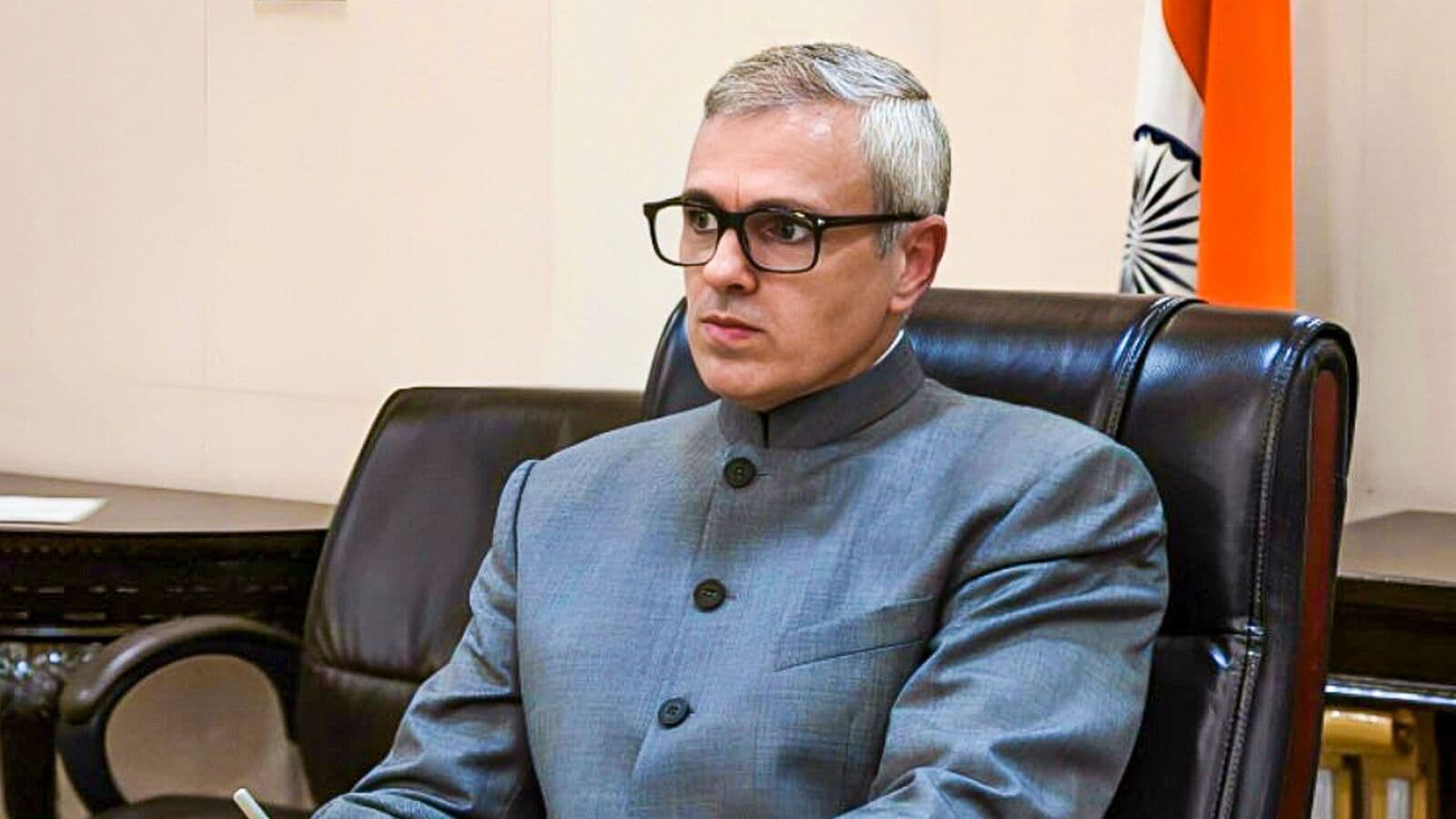In 2025, India, with its 1.4 billion people and rapidly growing economy, is poised to reshape the global green energy landscape. From solar parks in Tamil Nadu to green hydrogen projects in Gujarat, India’s ambitious policies and investments signal a bold push toward sustainability. Climate change and energy security demand a shift from fossil fuels, which still dominate India’s energy mix. Through massive renewable capacity, international alliances, and innovative technologies, India aims to lead, not follow, in the global fight against climate change.
In This Article:
- India’s Renewable Energy Surge
- Green Hydrogen and Innovation
- Challenges to Leadership
- A Global Leader in the Making?
India’s Renewable Energy Surge
India’s renewable energy capacity has soared to 203.18 GW (46.3% of total capacity) by October 2024, ranking fourth globally, per EY’s 2021 RECAI. Solar power, growing at a 36.5% CAGR over 11 years, hit 90 GW in 2024, driven by initiatives like the Jawaharlal Nehru National Solar Mission. The International Solar Alliance (ISA), co-founded by India, unites 121 countries to boost solar adoption, with 10 GW of projects underway.
Green Hydrogen and Innovation
India’s National Green Hydrogen Mission, launched in 2023 with Rs. 19,744 crore, targets 5 million metric tonnes annually by 2030, potentially cutting 50 million tonnes of CO2, per Down to Earth. Companies like Adani and Reliance are investing heavily to make green hydrogen cost-competitive at $2–6/kg by 2030. Innovations like synthetic methane for bio-protein production and wave energy projects with Bharat Petroleum showcase India’s technological edge.These efforts position India as a potential global hub for green hydrogen.
Challenges to Leadership
Despite progress, hurdles remain. Coal powers 70% of India’s electricity, and 270,000 coal jobs risk stranding. Grid instability, as seen in Tamil Nadu’s wind curtailment, and water scarcity for thermal plants complicate the transition. High upfront costs for green hydrogen and battery storage, plus reliance on Chinese electrolyser imports, challenge scalability.
A Global Leader in the Making?
India’s $2 billion green bond issuance in 2023 and $250 billion in projected renewable investments by 2030 signal economic commitment. Policies like the PM Surya Ghar Muft Bijli Yojana and 500 GW renewable target by 2030 set a global benchmark. While China leads in manufacturing, India’s low-cost solar production and diverse energy mix offer a unique edge. If India overcomes grid and workforce challenges, its blend of policy, innovation, and international collaboration could make it a green energy superpower, inspiring developing nations.
-By Manoj h




